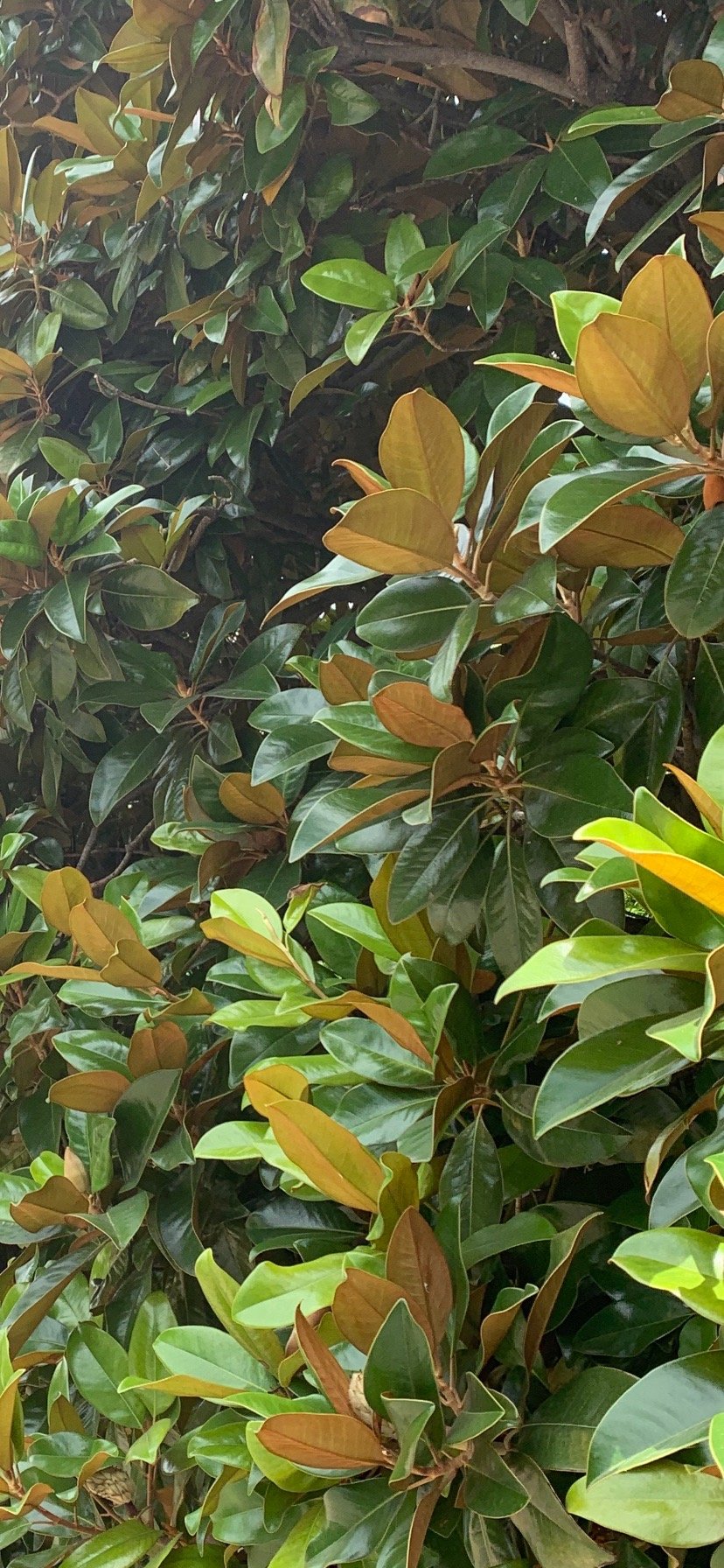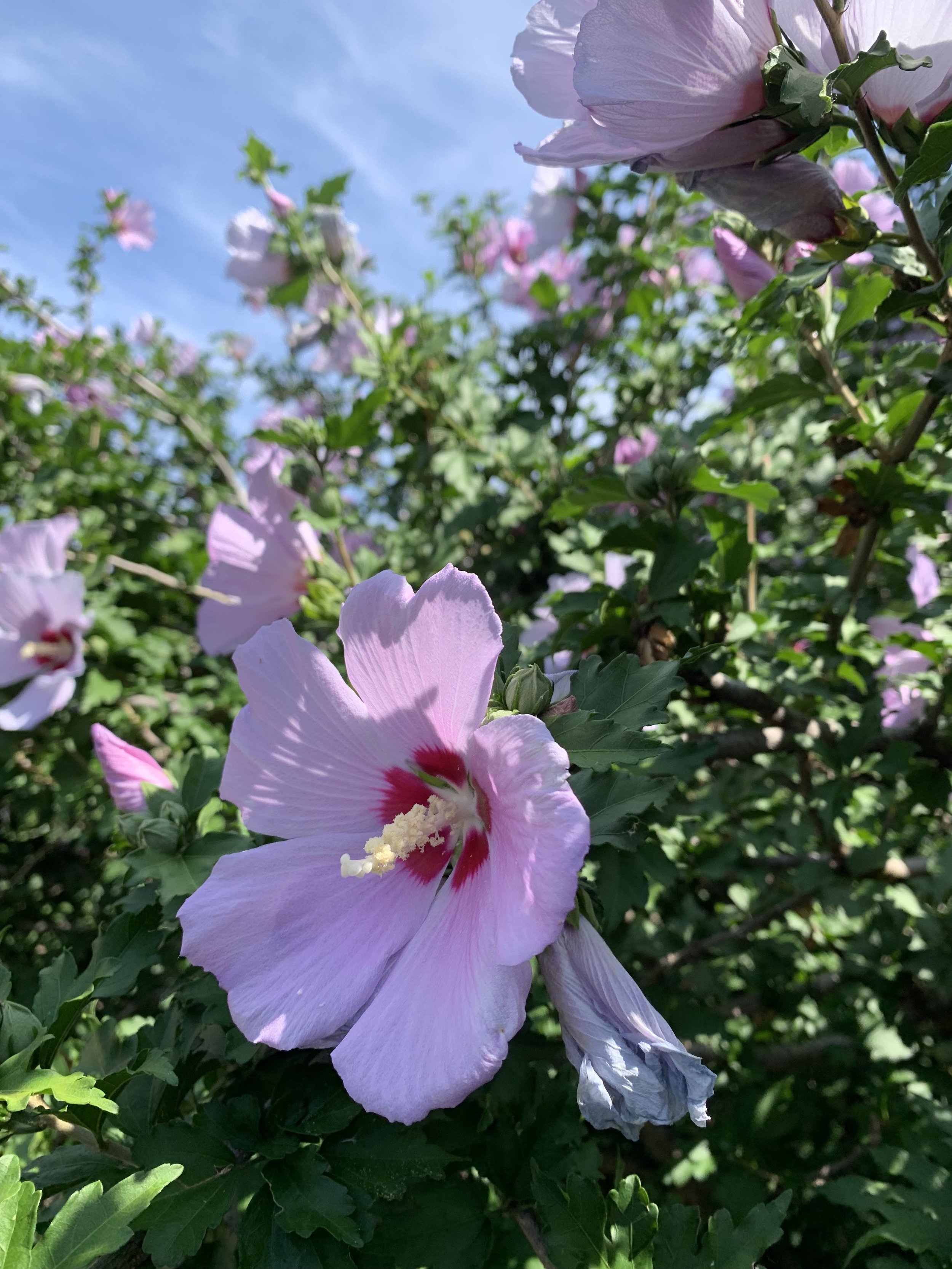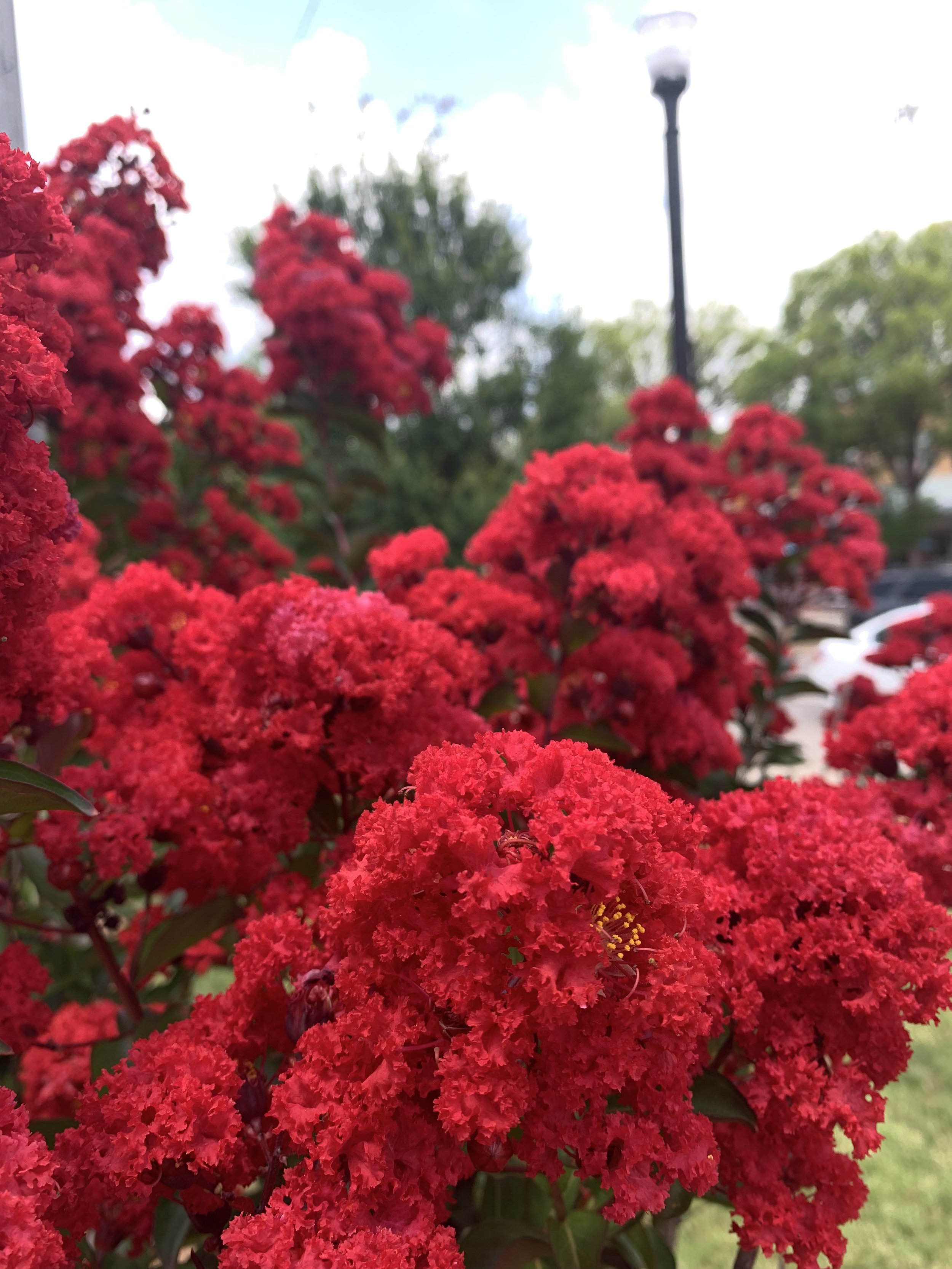Summer Blooming Trees
With the first official day of summer arriving this Friday, let’s celebrate summer in the landscape!
Is there a better way to celebrate summer than talking about the summer blooming trees that are currently adding color to our world?
Vitex –
Covered with lilac-purple flowers in June and July.
Commonly known as Chaste Tree. It is easy to overlook this summer bloomer because too often they look like overgrown shrubs. But, when you see a 15-20’ tall, multi-trunk, well maintained variety covered with 12-18” purple flowers and gray-green foliage, you will fall in love. They do well as large shrubs but make an even better summer statement when their lower branches are kept clear of suckers. They are very tolerant of our soils and weather. Fertilizing in the spring and sufficient water in the early summer will produce the most dramatic summer show. Best planted in full sun.
Vitex makes a bold summertime statement with its 12-18” purple flowers.
Vitex does well as a large shrub but looks even better as a small, multi-truck tree when their lower branches are free of sucker growth.
Vitex
The multi-trunks of a well maintained Vitex add a dramatic look to a landscape.
Goldenrain Tree adds brightness to the summer landscape with papery, lantern like flower pods.
The early summer bright yellows of the Goldenrain Trees are eye catching.
Goldenrain Tree –
Never receives enough attention for its stunning yellow color.
As the tree matures, it develops an open branched, airy, oval shaped form with rich yellow flowers in June and July. The flowers form a papery, lantern-like pod that gradually turns brown in late summer. The tree handles drought and heat well. It is tolerant of most soil types, but is a fast grower in moist, well-drained soils. It is an excellent lawn specimen that grows to 30-40’ high and wide.
Goldenrain Tree flowers gradually turn to a papery, pattern like seed pod in late summer adding another interest to the landscape.
Mimosa –
Fern like foliage with pink pincushion style blooms.
My childhood home had one in the front lawn. Unfortunately, most old varieties of Mimosa were susceptible to a wilt disease that results in gradual decline and eventual death. Prolific seeders, it is common to see them growing in rural fence rows. But, in recent years we have seen a resurgence of Mimosa with newer, disease resistant varieties. With an umbrella shaped canopy and fern-like leaves, the tree adds a tropical look to the landscape. Fast growers that will reach 15-30’ depending on the variety. For even more summer interest, check out the Summer Chocolate and Chocolate Fountain Mimosa varieties that have bronze-green and purple foliage.
Mimosas have been adding pink pincushion style blooms to the summer landscape for generations.
Ombrella Mimosa is a newer, disease resistant variety with large, cherry-pink, powder-puff-shaped, fragrant flowers.
Chocolate Mimosa Trees leaves deepen to a rich chocolate-brown color during the summer with pink pincushion-like blooms.
Desert Willow have trumpet shaped blooms and are the most drought and heat resistant flowering tree.
Dessert Willow –
Great addition to a water-wise landscape.
Willow type narrow leaves create an airy tropical, loose appearance with long blooming trumpet shaped blooms. A smaller tree, 15-20’ tall, that is loved by hummingbirds. They need to be planted in full sun and prefer dry, well-drained soil. Unlike traditional willow trees, they will not tolerate wet soils. Dessert Willow is the most drought and heat-resistant flowering tree.
Smoke Tree –
Tremendous visual appeal in May and June.
Often considered a large shrub, this small tree can reach 10-15’, producing smoke like airy plumes in early summer. There are several varieties available ranging from green, to yellow, to purple leaves. Best planted in full sun.
Smoke Trees add smoke like airy plumes to the landscape in early summer.
Smoke Trees make an excellent landscape focus as a small tree.
Royal Purple Smoke Tree has dramatic, pinkish purple, smoke-like clusters on reddish purple foliage.
There is a Smoke Tree variety with green leaves and lime green airy plumes.
Rose of Sharon –
Adds an antique appearance to the landscape.
Often found as a large shrub at older residences, but many improved varieties are available. With a strong multi-stemmed upright growth habit, they add interest to the landscape as a small tree, 8-10’ tall. White is the most common bloom color but there are varieties in pinks, blues, and purple as well. They grow well in full sun to partial shade.
Magnolias add a graceful feel to the summer landscape with their large white fragrant flowers.
Magnolia, an evergreen, has leaves that are large, shinny, and dark green on the top, but velvety, reddish-brown on the underside.
Dynamite
Ebony Flame
Natchez
Dynamite Crape Myrtle
Rose of Sharon is an old fashioned typically grown as a large shrub, but with their upright multi-stemmed growth habit they make a great small tree.
Magnolia –
An evergreen summer blooming tree.
The traditional Magnolia, Southern Magnolia, is a large 50-80’ tall, 30-50’ wide evergreen that is too large for most city-sized landscapes. But, the Little Gem and Teddy Bear Magnolia are smaller, 20-25’ tall, 10-15’ wide, compact forms of the Southern Magnolia. They grace the landscape with large shiny dark green leaves with a velvety, reddish-brown underside year-round and large 8” white saucer shaped blooms from early summer to fall.
Magnolia
Magnolia
Crape Myrtles most commonly are multi-truck small trees, but more recently we are seeing more and more grown as single-trimmed trees.
Crape Myrtle
– Summer’s biggest show.
There are over 50 varieties of Crape Myrtles and new ones are introduced every year. The color pallet ranges from white, pink, purple and red. Bloom color is not the only attribute of a crape myrtle. Their foliage ranges from dark green, wine colored, velvet and dark purple. The combination of the bloom and foliage colors is one of the things that attracts me to the plant.
With so many varieties of Crape Myrtles, there is sure to be one right for your landscape. Here are a few of my favorites:
Pink Velour – Large 12-15’ small tree form with dark wine foliage and bright pink flowers. The foliage and flower combination are very striking.
Dynamite – Also a small tree that grows up to 15’. Dynamite was one of the first red tree form varieties. New foliage is nearly crimson in color and changes to a rich green as it matures. Flowers are brilliant red.
Natchez – One of the largest tree form crape myrtles reaching 25’. The foliage is rich green, and the flowers are white. The cinnamon brown bark puts on a show of its own as it exfoliates.
Ebony Flame – A great accent plant that grows 10-12’ with dark red blooms on intense black foliage.
Pink Velour
The bark of a large Crape Myrtle is one of the most overlooked aspects. The bark is smooth and ranges in color from pink to gray. As the plant matures, the thin bark exfoliates to expose a different color underneath. Too often, tree form Crape Myrtles are severely pruned every spring, and we never get to enjoy the beautiful bark of the mature plant.
One of the nation’s leading innovators of Crape Myrtles is Oklahoma’s own, Dr. Carl Whitcomb. Dr. Whitcomb holds 32 patents and has authored five books including Know It and Grow It, a book every landscape enthusiast should own. You can see all of Dr. Whitcomb’s Crape Myrtles by following this link.
Some of the brightest colors you will see this summer will be from Crape Myrtles.
Mature Crape Myrtles grown as trees have the added interest of multicolored bark.
What is your favorite?
Did any of these inspire you to add a new summer blooming tree to your landscape?
Get outside. Walk the neighborhood. Visit one of our parks.
I am confident you will discover a few of these trees adding color to the summer!
Lorne Hall
Hall Stewart Lawn + Landscape
(405)367-3873

































